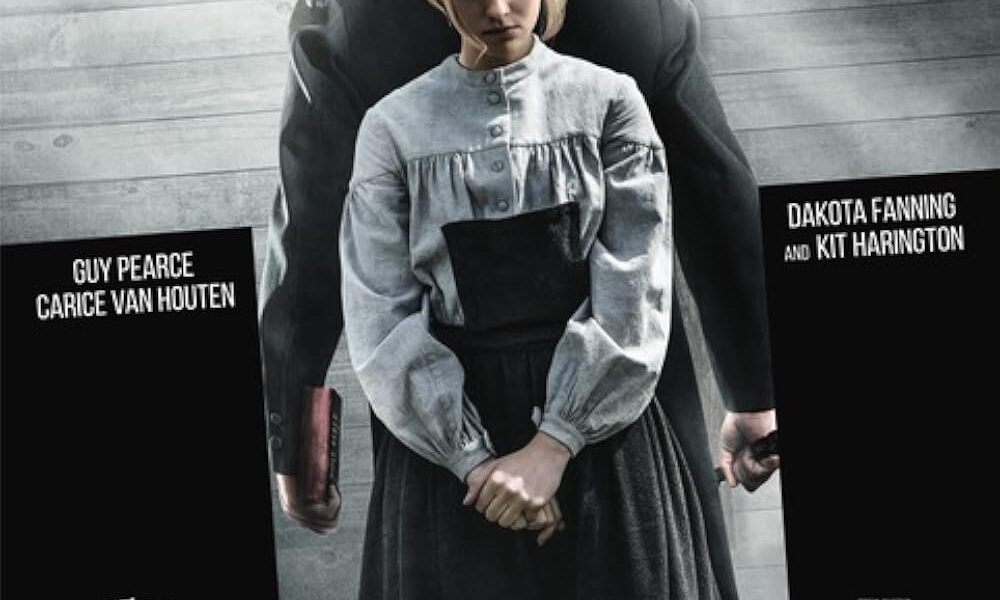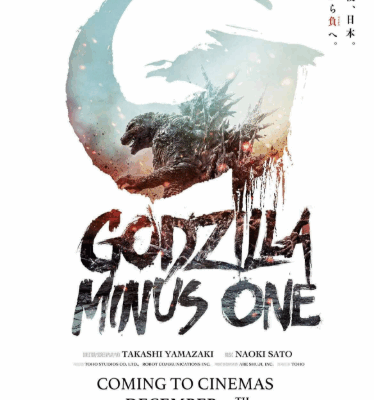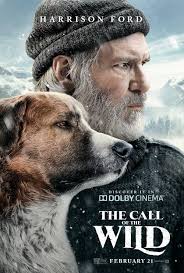Movie Overview
- Title: Brimstone
- Release Date: Premiered September 3, 2016 at the Venice Film Festival; wide release in the U.S. March 10, 2017
- Genre: Western / Thriller / Psychological Drama
- Director: Martin Koolhoven
- Main Cast:
- Dakota Fanning as Liz/Joanna
- Guy Pearce as “The Reverend”
- Kit Harington, Emilia Jones and Carice van Houten also in key roles.
- Where to Watch: Available on streaming platforms (e.g., Netflix in some regions)
1. Plot Summary
Brimstone tells the story of Liz — a courageous woman living in the Old West, who is mute (hearing but unable to speak) and working as a midwife. When a new preacher arrives in her remote frontier town, a dark history between them surfaces and Liz finds herself targeted by a relentless man of faith who becomes judge, jury, and executioner.
The narrative is structured in four acts (Revelation, Exodus, Genesis, Retribution), and they are presented out of chronological order: the film begins with consequences and then shifts backward to reveal causation and finally moves forward toward resolution.
As Liz flees with her family and struggles to survive the violent, unforgiving frontier, the film explores her trauma, her will to protect her family, and the moral and literal horrors inflicted by the preacher.

2. Notable Elements
Stand-Out Scenes & Performances
- Guy Pearce gives a chilling performance as the Reverend — he brings an operatic, almost mythic evil to the character.
- Dakota Fanning shows impressive range, especially given her character’s muteness, relying on expressive physicality and silent emotion.
- The act-based, non-linear structure is bold: beginning with suspenseful confrontation, then moving back to show the origins of the conflict, creates a layered narrative that rewards patient viewers.
- Visually, the film blends the dusty, brutal landscapes of the Western frontier with something almost surreal — the cinematography (by Rogier Stoffers) and score (by Tom Holkenborg) amplify the mood of dread and retribution.
Where It Struggles
- The film is very long (about 148 minutes) and some critics found the pacing ponderous — the early acts build slowly and occasionally feel heavy.
- Because it’s so grim and unrelenting, it may be emotionally exhausting for some viewers. As one reviewer put it: “It’s impossible for anybody to say that they ‘enjoyed’ this film … It’s dark, bleak and utterly depressing…”
- The villain’s motivations, while powerful in the frame of religious zealotry, are at times more symbolic than deeply traced — you feel the evil more than you understand all its origins.
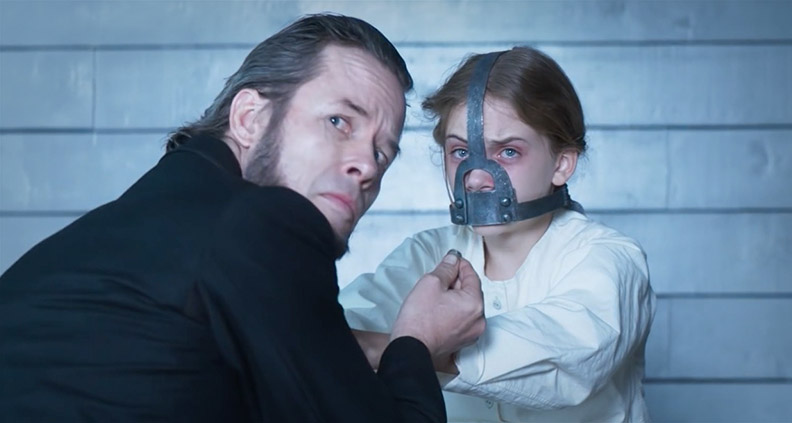
3. Themes & Messages
- Faith, Zealotry & Hypocrisy: The Reverend uses religion not for compassion but for domination and vengeance. The film critiques how so-called “moral authority” can become a tool of oppression.
- Survival & Resistance: Liz is not a passive victim — the film makes clear that survival in an unjust world requires agency, cunning, endurance. Her muteness becomes a strength, not just a limitation.
- Family & Identity: As past revelations emerge, the bond between mother/daughter (and the lost identity of Liz/Joanna) forms a core of the emotional weight.
- Retribution & Consequence: The title Brimstone alludes to hellfire, divine punishment, but the film turns that into human revenge, suffering, and moral reckoning.
- Historical Western Myth vs Reality: The film uses the Western genre but undermines its romanticism — showing the frontier as brutal, unjust, and haunted by power and violence.
In a broader, symbolic way, themes of confronting evil, endurance through suffering, fighting for dignity can resonate in times of reflection — though the film is far from festive or lighthearted.
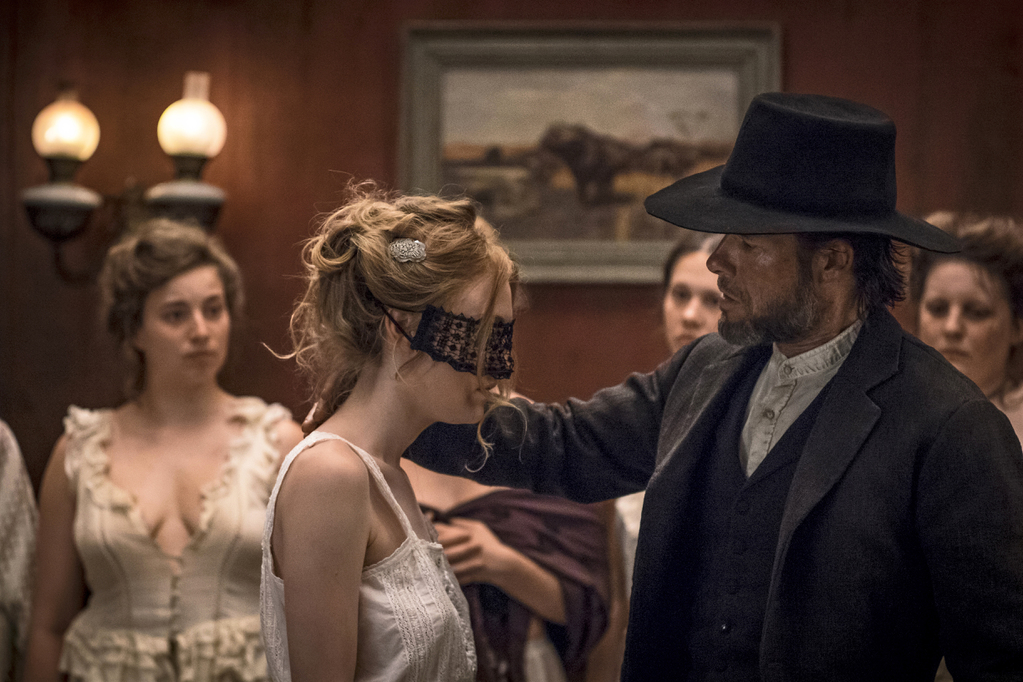
4. Personal Impressions
What I Liked
- The ambition here is impressive — combining Western, thriller, revenge drama, and psychological horror into one cohesive (if heavy) piece.
- The performances are strong and memorable — especially Pearce and Fanning. The visual and sound design amplify the mood without being showy.
- The structure keeps me engaged: I found myself wanting to piece together the timeline, which adds reward for active viewers.
What I Found Less Effective
- Sometimes the film lingers too long in the build-up, and I felt the emotional payoff could have been tighter. A slightly shorter version might have focused the impact.
- Because the tone is so relentless, it becomes hard to breathe emotionally. There are few moments of light or respite, which is intentional but can wear on you.
- Some character arcs (especially supporting ones) feel underdeveloped compared to the central conflict, which makes parts of the story a bit opaque.

5. Audience Recommendations
You’ll probably really appreciate Brimstone if you:
- Enjoy Westerns that subvert the genre — bleak frontier stories rather than hopeful pioneer tales.
- Are comfortable with intense, emotionally heavy films involving trauma, moral horror, and survival.
- Appreciate narratives that are non-linear and reward patience and engagement.
- Like strong performances, dark tone, and films that challenge you rather than entertain lightly.
You might want to skip or wait if:
- You prefer lighter fare, more escapist stories, or clear-cut heroes vs villains.
- You get fatigued by prolonged tension, graphic or implied violence, and moral ambiguity.
- You dislike stories that leave some questions unanswered or that require emotional resilience.
6. Conclusion & Rating
Brimstone is a striking film — uncompromising, grim, visually powerful. It may not be comfortable, but it stays with you. If you’re looking for a Western that refuses to romanticize, a revenge thriller that asks more than it shows, and performances that dig deep — this is one to see. Just be prepared for its weight.
Final Recommendation: For viewers seeking bold cinema that pushes boundaries and doesn’t shy away from darkness, Brimstone is highly recommended. It’s not for everyone, but for the right audience it is memorable and impactful.
Star Rating: ★★★★☆ (4 out of 5 stars)
